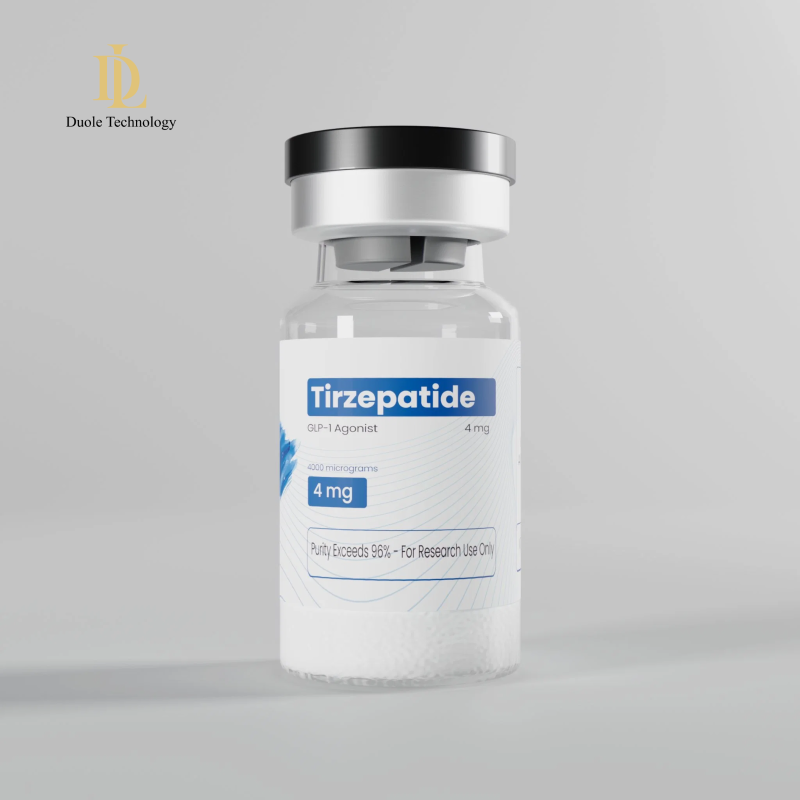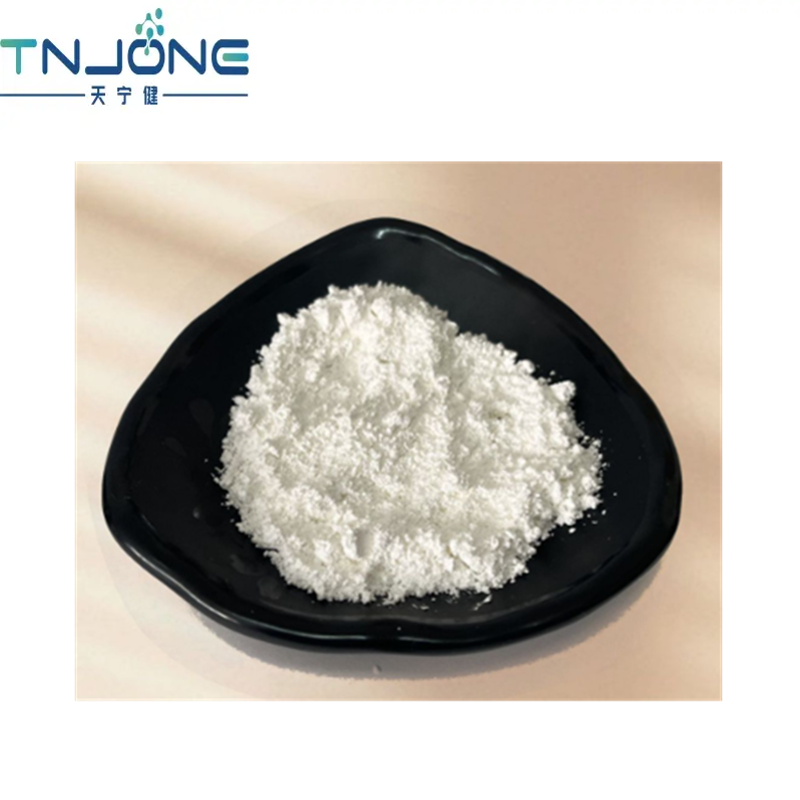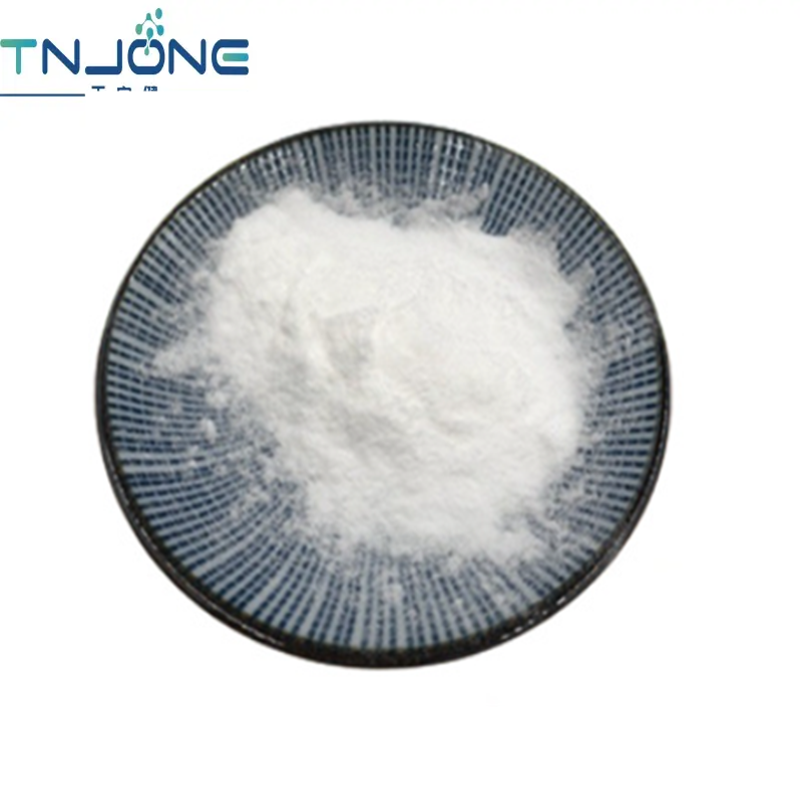-
Categories
-
Pharmaceutical Intermediates
-
Active Pharmaceutical Ingredients
-
Food Additives
- Industrial Coatings
- Agrochemicals
- Dyes and Pigments
- Surfactant
- Flavors and Fragrances
- Chemical Reagents
- Catalyst and Auxiliary
- Natural Products
- Inorganic Chemistry
-
Organic Chemistry
-
Biochemical Engineering
- Analytical Chemistry
-
Cosmetic Ingredient
- Water Treatment Chemical
-
Pharmaceutical Intermediates
Promotion
ECHEMI Mall
Wholesale
Weekly Price
Exhibition
News
-
Trade Service
Laser Micro Raman Imaging Spectrometer can be used to measure the spectral radiation of outdoor targets in the visible-near-infrared band.
The instrument mainly uses solar radiation as an illumination light source outdoors, and uses responsivity calibration data to measure and obtain the spectral radiation of ground objects.
Brightness
.
Using the diffuse reflectance reference plate to compare and measure, the reflectance spectral information of the target can be obtained
.
By measuring the calibrated diffuse reflection reference plate, the total illuminance of the ground and the spectral information of direct and diffuse illuminance can be obtained
.
So what needs to be paid attention to when using a laser microscope Raman imaging spectrometer for field measurements? 1.
The position of the instrument The instrument is facing the object to be measured downward, at least keep the angle between the normal line of the horizontal plane within ±10°, and keep a certain distance.
The height of the probe from the ground is usually 1.
3m, so as to obtain the average spectrum
.
The field of view range can be calculated based on the relative height and field of view
.
If there are multiple probes to choose from, try to choose a probe with a wide field of view in the field
.
When measuring plant canopy spectra, take care to measure representative species
.
2.
Selection of sensor probes When the range of objects in the field is relatively large, the species purity is relatively high, and the observation distance is relatively short, a probe with a larger field of view is selected
.
When the distribution area of the ground features is small, or the species are relatively mixed in a close distance, or when the distant ground objects need to be measured, a probe with a small field of view is used
.
3.
Whiteboard reflection correction When the weather is good, the whiteboard should be corrected every few minutes to prevent the drift of the sensor response system and the influence of the change of the incident angle of the sun.
If the weather is bad, the correction should be more frequent
.
The whiteboard should be placed horizontally during calibration
.
4.
Avoid shadows When positioning the probe, shadows must be avoided, and people should face the sun, so that consistent measurement results can be obtained
.
When testing spectral data on a large scale in the field, it is necessary to arrange the measuring points along the opposite direction of the shadow
.
After the analysis sample is cut, the surface oxide layer should be ground off.
When grinding the sample with a grinder, the sample and the standard steel should be operated at the same time, and the operation should be consistent.
Excessive force will easily oxidize the surface
.
Grinding grain requirements are consistent, and there should be no cross grains
.
The sample should not be placed for too long after grinding, otherwise the surface of the sample will be oxidized and the analysis result will be affected
.
Generally, a medium-soft grinding wheel with a particle size of 360 can be used to grind the sample, and sandpaper or grinding wheel can also be used to grind the sample
.
The instrument mainly uses solar radiation as an illumination light source outdoors, and uses responsivity calibration data to measure and obtain the spectral radiation of ground objects.
Brightness
.
Using the diffuse reflectance reference plate to compare and measure, the reflectance spectral information of the target can be obtained
.
By measuring the calibrated diffuse reflection reference plate, the total illuminance of the ground and the spectral information of direct and diffuse illuminance can be obtained
.
So what needs to be paid attention to when using a laser microscope Raman imaging spectrometer for field measurements? 1.
The position of the instrument The instrument is facing the object to be measured downward, at least keep the angle between the normal line of the horizontal plane within ±10°, and keep a certain distance.
The height of the probe from the ground is usually 1.
3m, so as to obtain the average spectrum
.
The field of view range can be calculated based on the relative height and field of view
.
If there are multiple probes to choose from, try to choose a probe with a wide field of view in the field
.
When measuring plant canopy spectra, take care to measure representative species
.
2.
Selection of sensor probes When the range of objects in the field is relatively large, the species purity is relatively high, and the observation distance is relatively short, a probe with a larger field of view is selected
.
When the distribution area of the ground features is small, or the species are relatively mixed in a close distance, or when the distant ground objects need to be measured, a probe with a small field of view is used
.
3.
Whiteboard reflection correction When the weather is good, the whiteboard should be corrected every few minutes to prevent the drift of the sensor response system and the influence of the change of the incident angle of the sun.
If the weather is bad, the correction should be more frequent
.
The whiteboard should be placed horizontally during calibration
.
4.
Avoid shadows When positioning the probe, shadows must be avoided, and people should face the sun, so that consistent measurement results can be obtained
.
When testing spectral data on a large scale in the field, it is necessary to arrange the measuring points along the opposite direction of the shadow
.
After the analysis sample is cut, the surface oxide layer should be ground off.
When grinding the sample with a grinder, the sample and the standard steel should be operated at the same time, and the operation should be consistent.
Excessive force will easily oxidize the surface
.
Grinding grain requirements are consistent, and there should be no cross grains
.
The sample should not be placed for too long after grinding, otherwise the surface of the sample will be oxidized and the analysis result will be affected
.
Generally, a medium-soft grinding wheel with a particle size of 360 can be used to grind the sample, and sandpaper or grinding wheel can also be used to grind the sample
.







